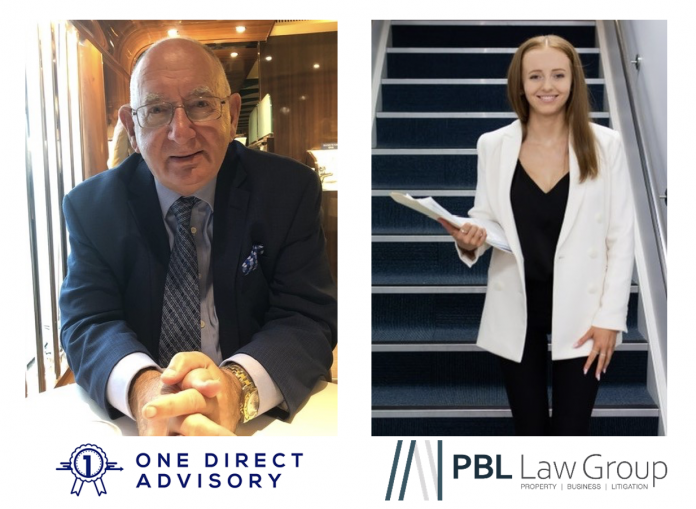This is the third and final paper examining the approach and considerations for effective M&A, joint venture parties in One Direct Advisory and PBL Law, authors Ron Thomsen and Amber Smyth outline some critical factors that should be considered in the due diligence process, especially for transactions in the not-for-profit sector.
Engaging in a merger or acquisition is generally an end goal to overcome issues that an organisation may be facing. However, coming to the decision to embark on an often time consuming and costly merger or acquisition, is not an easy one.
Detailed thought and analysis must be given to whether the venture will be successful for all parties. This process is commonly referred to as ‘due diligence and involves a critical assessment of various factors.
Generally, the 3 main factors to consider in the due diligence process of a merger or acquisition, include:
- Financial
- Legal
- Human Resources
Boards, with the input of Working Groups, will largely determine what degree of external support is required to facilitate and complete a merger or acquisition.
External support may include a Merger Advisor or Facilitator, along with professional specialist advice from an Accountant, Financial Manager and Lawyer. Assistance required will vary, depending on the complexities involved.
The degree of due diligence required will be dictated by the relationship between the parties involved and disclosures already undertaken. Due diligence also assists with determining risks and which matters may frustrate progress. The Board, mainly via the Working Group should address risks upfront.
Given the time and costs involved in the due diligence process, organisations can be tempted to skip over important considerations that should be investigated and considered. However, shortcuts can sometimes backfire with mistakes and even greater remedial costs if risks in the due diligence process are not adequately addressed.
Of course, once the Working Group has identified areas that require investigation, they may elect that some areas are researched by suitably qualified Working Group members, with the support and advice from professional external advisors.
The scope of this paper will not allow us to list every due diligence consideration but as an example only, we list some considerations which might be undertaken within legal due diligence for a not-for-profit merger:
- Review of each entity’s Constitution and other legal documents.
- Legal and regulatory considerations and governance structures that will allow the merger to proceed.
- Each entity’s compliance with relevant Federal and State Legislation.
- Each entity’s compliance with relevant Industry Quality Standards.
- Review of Government Funding Agreements
- Review of each entity’s service agreements, contracts, funding arrangements, etc. The financial aspects of this review are also covered by financial due diligence.
- Review of each entity’s other agreements with third parties, including advisors and consultants etc.
- Review the current Membership Register.
- Human resources – review relevant employment awards and agreements.
- Review each entity’s compliance documentation, including, fire safety, air conditioning, lift maintenance etc.
- Property – review each entity’s land title/ownership, leases, equipment contracts etc.
- Review the validity of each entity’s trading licenses, registered trading names, intellectual property ownership etc.
- Workers’ compensation – review any present or potential claims.
- Insurances – review for currency and adequate coverage.
- Undertake Police checks as necessary.
Legal and financial due diligence can be undertaken concurrently and should be time and cost bounded.
Human Resources due diligence can vary, depending on the size of the merger parties but a HR specialist should be involved in the Communication Plan and in the recruitment of the Executive and Board and senior managerial roles in the merged entity.
The overall objective and the corporate structure of the merger or acquisition is a vital consideration that should be considered at all stages, including during and within the topics addressed in our first and second papers.
Small to medium not-for-profits may be structured as an Incorporated Association or a Company Limited By Guarantee. Structurally, you cannot merge an Incorporated Association with a Company Limited By Guarantee, but the Incorporated Association could be taken over by the Company limited By Guarantee.
This circumstance could be when the Incorporated Association does not have a Board or staff to proceed. A merger by two Companies Limited By a Guarantee does not have restrictions.
ODA and PBL Law Groups are experienced in their respective professions in undertaking due diligence and implementing a streamlined merger or acquisition, given our relationship and economised cost structure.
Earlier papers in this series can be viewed here
Mr Ron Thomsen and Mr Ted Coupe from ODA will be attending the National Aged & Community Services Australia (ACSA) Summit in Canberra from 3 to 5 May 2022. To make contact: ron.thomsen@bigpond.com










